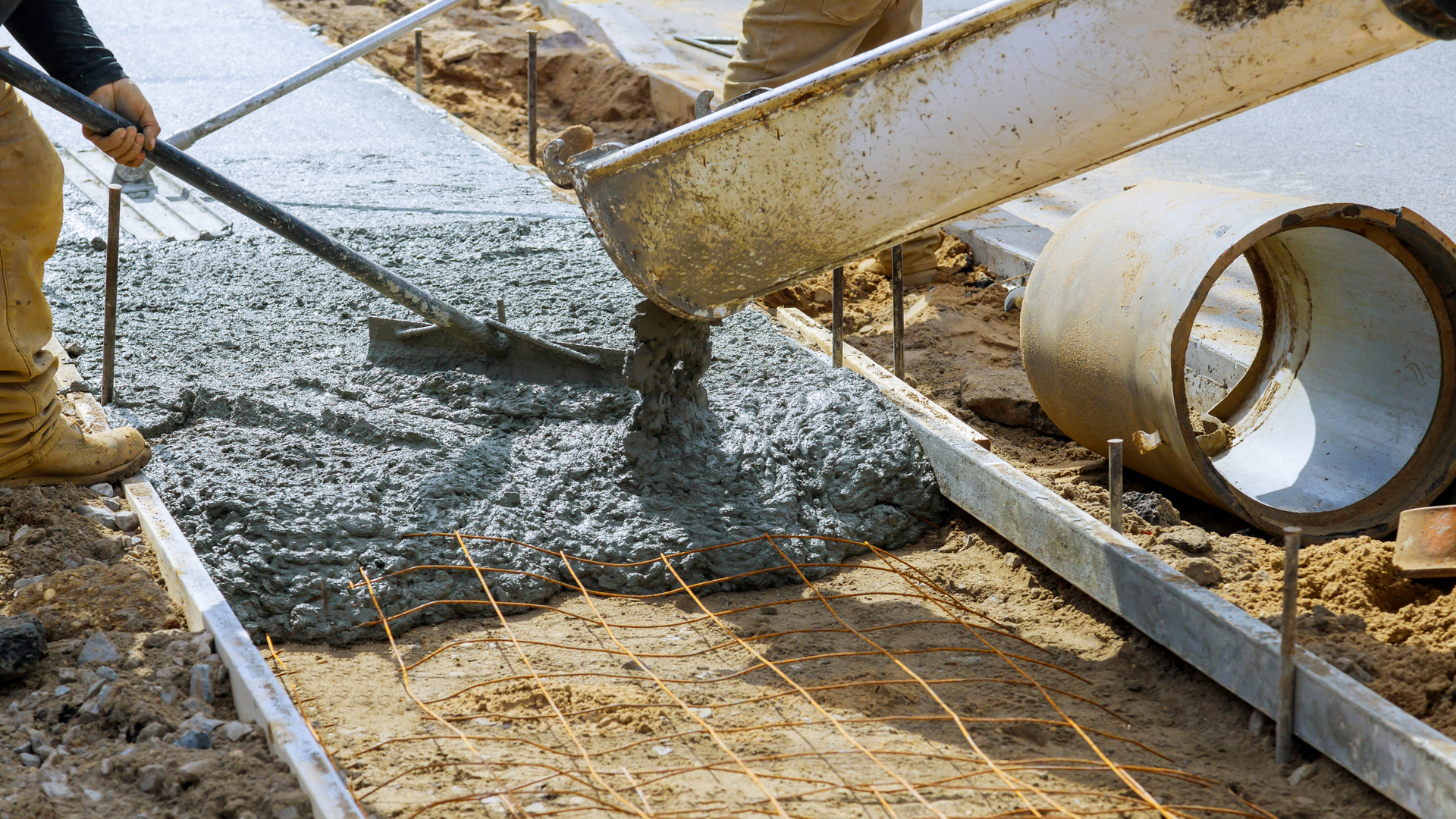
Concrete Cracks in Florida: Causes & Fixes
Learn why concrete cracks in Florida driveways and sidewalks and how to prevent or repair it with expert tips from Walker Concrete.

Why Concrete Sidewalks and Driveways Crack in Florida
Concrete is known for its strength, but in Florida’s harsh environment, even the toughest slabs can start to crack. Homeowners often notice hairline fractures or even wide gaps forming in their sidewalks and driveways, sometimes just months after installation. The damage isn’t just cosmetic—it can lead to safety hazards, drainage problems, and costly repairs. So why does this happen in the Sunshine State, and what can you do about it?
Let’s break down the common causes, what can be done to prevent cracking, and how Walker Concrete helps Florida homeowners maintain smooth, long-lasting concrete surfaces.
Common Causes of Concrete Cracks in Florida
Florida’s climate and soil conditions are especially tough on concrete. Here are the main culprits behind those unsightly cracks:
1. Heat and Humidity Extremes:
Florida’s hot, humid climate causes concrete to expand and contract. Over time, these temperature fluctuations create stress that leads to cracking, especially in large, unjointed slabs.
2. Poor Subgrade Preparation:
If the soil beneath your driveway or sidewalk wasn’t properly compacted, it may shift or settle unevenly. This undermines the support for your concrete and can cause it to crack under pressure.
3. Water Intrusion and Drainage Issues:
Heavy rainfall and flooding are common in Florida. If water seeps underneath concrete and erodes the base layer, it leads to voids that result in cracking and sinking.
4. Tree Roots and Vegetation:
Many Florida homes are surrounded by lush landscaping, but tree roots can grow underneath concrete and push it upward, creating cracks and tripping hazards.
How to Prevent Concrete Cracking in Sidewalks and Driveways
Cracking isn’t always avoidable, but the right techniques and materials can go a long way in preventing it:
1. Proper Site Preparation:
A strong, stable base is essential. At Walker Concrete, we ensure all subgrades are properly compacted and leveled to reduce the risk of shifting.
2. Use of Control Joints:
Control joints are pre-planned cracks that allow the concrete to expand and contract in a controlled way. They’re essential for minimizing random cracking, especially in large slabs.
3. High-Quality Concrete Mixes:
Not all concrete is created equal. Our mixes are designed to withstand Florida’s moisture, heat, and humidity, helping your surface last longer.
4. Adequate Curing Time:
Letting concrete cure properly is key to its strength. We ensure every pour gets the time it needs before it’s put under load.
Repair Options for Cracked Concrete Surfaces
If your concrete is already cracking, all is not lost. There are several concrete repair options that can restore its appearance and strength:
1. Crack Sealing:
Hairline or surface cracks can be sealed with flexible polyurethane or epoxy-based sealants that keep moisture and debris out.
2. Concrete Resurfacing:
For widespread but shallow damage, resurfacing with a concrete overlay can create a smooth new finish without full replacement.
3. Slab Lifting or Mudjacking:
If your concrete has settled unevenly, it can often be lifted and leveled using polyurethane foam or a mudjacking process.
4. Full Replacement:
In cases of severe damage, replacing the concrete might be the most cost-effective long-term solution. Our team will assess and recommend the best option for your situation.
Don’t Let Cracked Concrete Ruin Your Curb Appeal
Whether it’s a minor hairline crack or a trip hazard in the making, Walker Concrete is here to help. Our team brings years of experience and deep knowledge of Florida’s unique challenges to every project. We’ll assess the damage, recommend the right fix, and help you keep your property looking great and functioning safely.
Get in touch today for a free estimate or to schedule your repair. Let’s bring your concrete back to life—stronger and more beautiful than ever.
Ready to start your concrete project? Contact Walker Concrete today!
Contact Us
Please fill out the form below, and a member of our team will get back to you as soon as possible.
Contact Us
We will get back to you as soon as possible.
Please try again later.
CONTACT
© Copyright 2024 | All Rights Reserved | Walker Concrete


